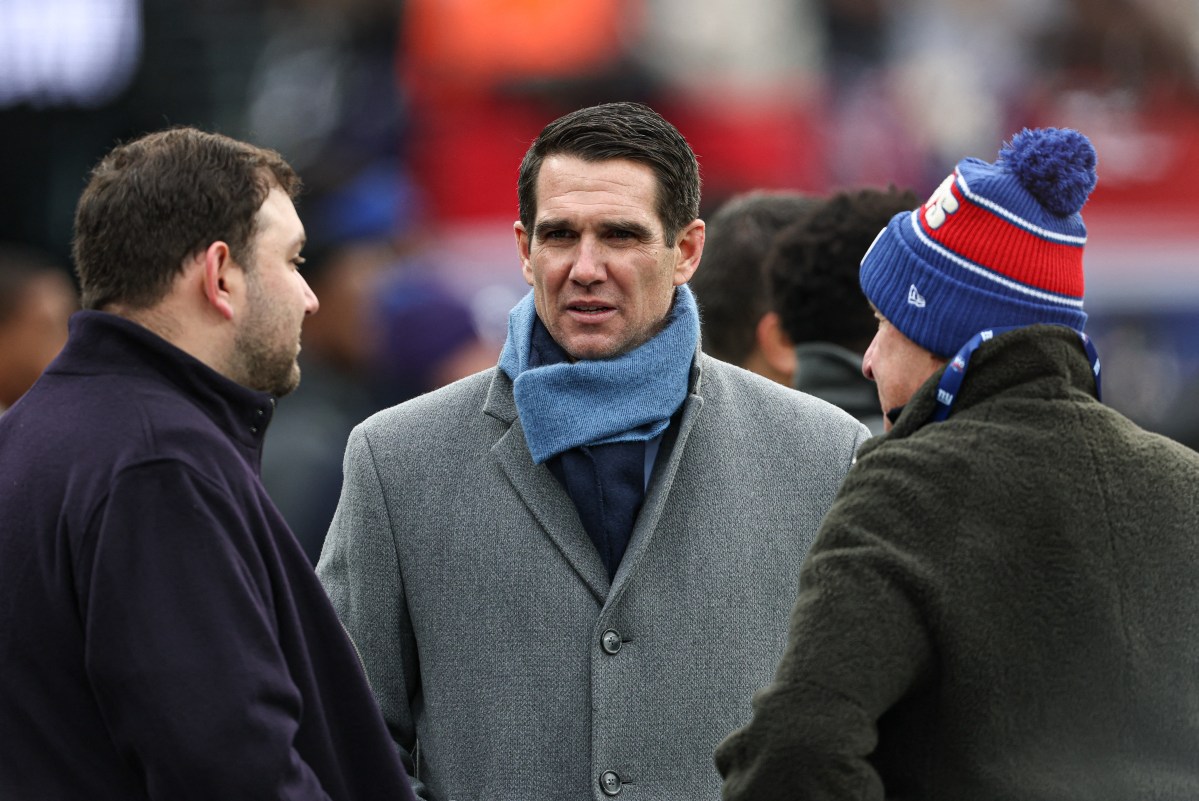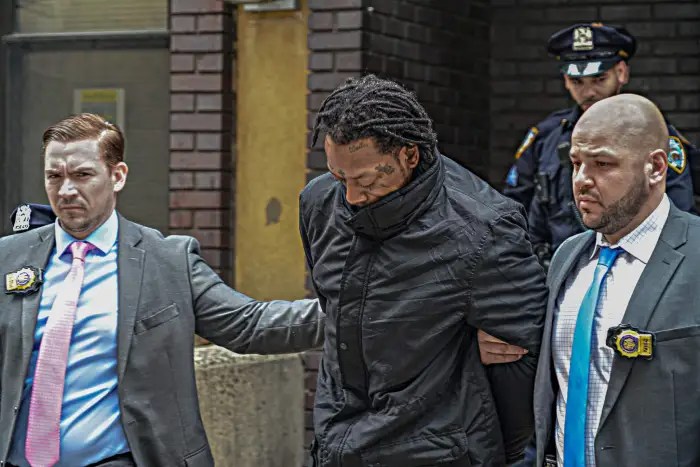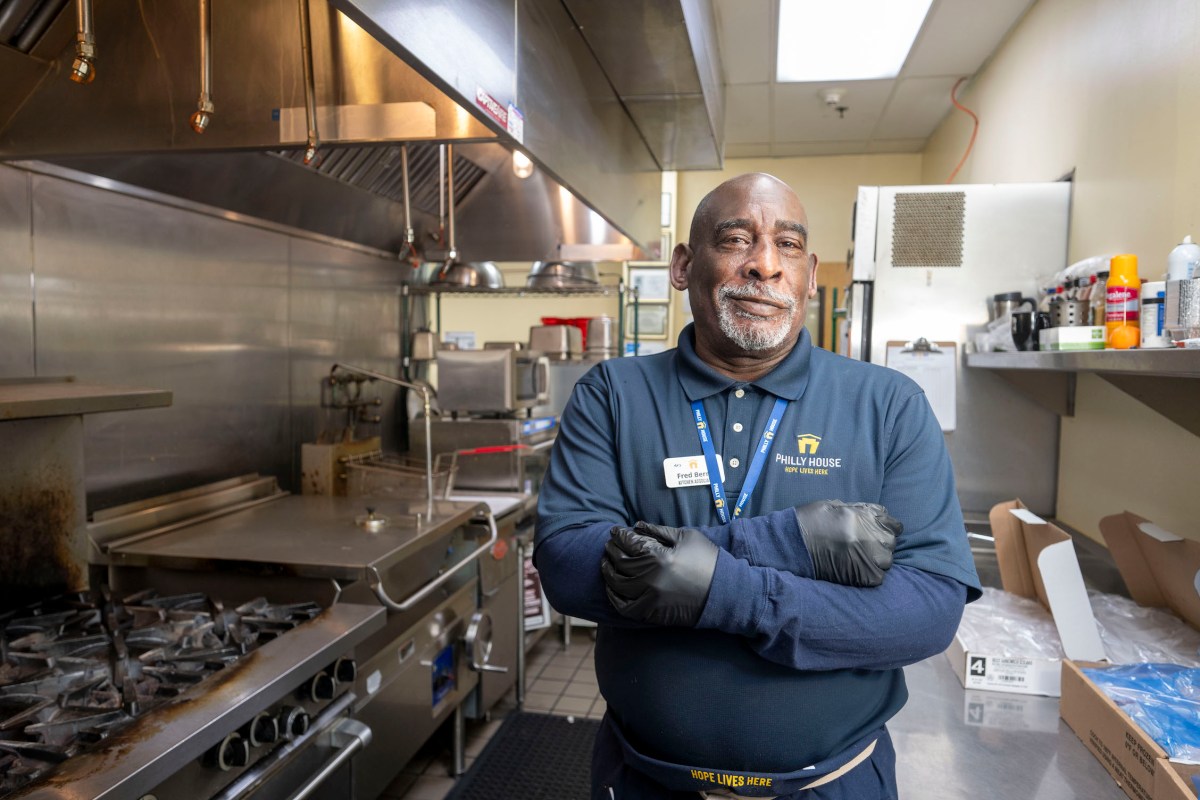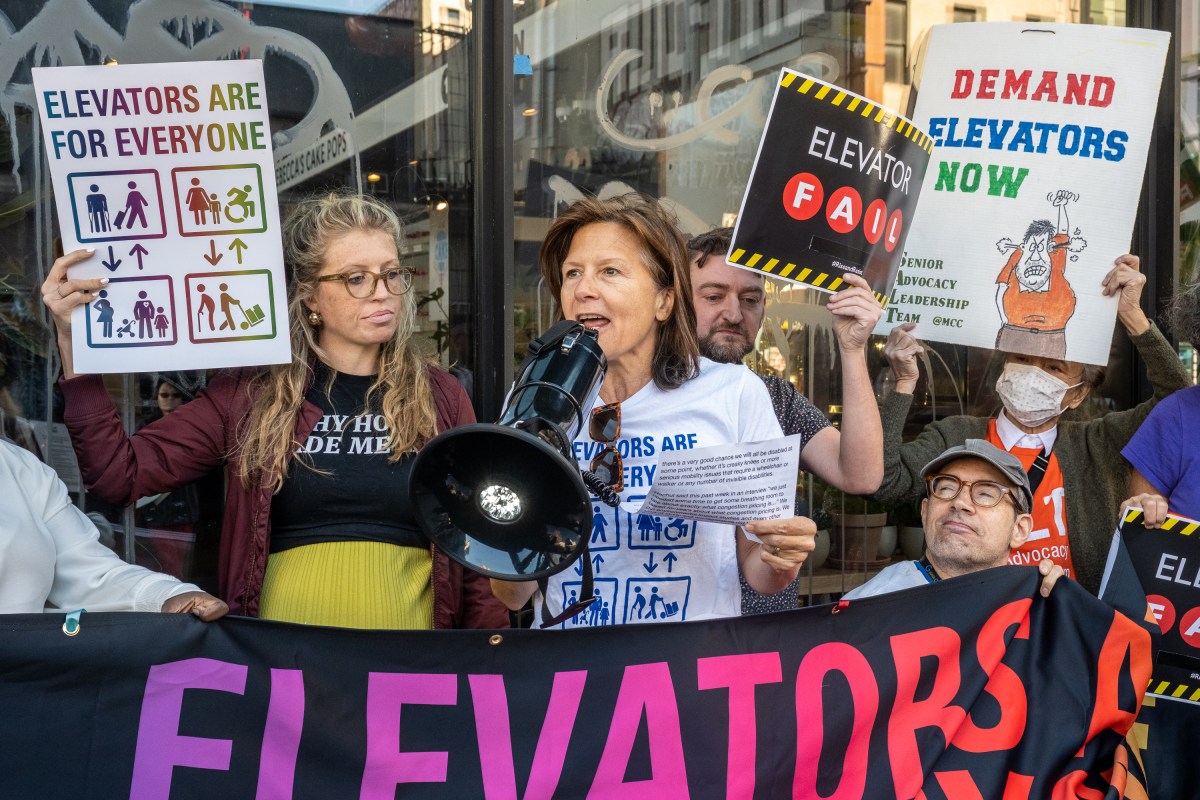More than three-quarters of New York City’s subway stations are handicap-inaccessible, either with elevators or at street level. What has previously been a nuisance and barrier to entry to New Yorkers with disabilities, may have claimed a life on Tuesday, as Malaysia Goodson was forced to carry a stroller down the stairs at the Seventh Avenue/53rd Street Station, fell and died.
The MTA has called the death of Goodson, age 22, “a heartbreaking tragedy” and reports that “the MTA, medical examiner’s office and NYPD are conducting a full investigation.”
Goodson was found unconscious on the subway platform with her 1-year-old daughter, who was safely tucked in her stroller. The NYPD has not announced definitively what the cause of death was, as the NY Medical Examiner’s office has not yet conducted an autopsy. Both the police and the family have told NBC that they’re not sure if Goodson fell down the stairs, or if she had some kind of medical episode.
Goodson worked at a day care in Stamford, Connecticut, and was in town visiting her cousin. Her daughter, named Rhylee, was unhurt and is with her father and grandmother.
Inaccessible subways: MTA’s liability
Parents, activists, and attorneys have railed against the MTA’s underfunded and undermaintained infrastructure for years.
The MTA is currently the subject of two class-action lawsuits filed by Disability Rights Advocates for its notoriously inaccessible stations: one for failing to provide elevators in the city’s other 355 of 472 subway stations and the other for failing to properly maintain the ones that it does have. According to disability advocacy group TransitCenter’s research, an average of 25 elevators go out of service every day.
Though the subway’s inhospitability toward New Yorkers with disabilities is in violation of the Americans with Disabilities Act of 1990, wheelchair-bound people are not the only ones affected. A study by Hunter College found that the largest users of subway elevators are those carrying large packages, the elderly, and people with baby strollers.
“You see it every day: parents with strollers lugging kids in tow up and down station stairs, struggling. And that’s unacceptable,” Colin Wright, TransitCenter’s senior advocacy associate, told Metro. “It shouldn’t take somebody dying to bring attention to the issue of accessibility. A broad and diverse segment of riders rely on elevators.”
Twitter, I’ve nearly done this with Elijah. I’ve carried his stroller down New York subway steps, thinking to myself: “if I slip, I’ll fall backwards with the stroller on top of me & wrap my body around it so he’s okay.” Maybe offer to help people carrying strollers. https://t.co/bT1texlEpl
— Hannah Moscovitch (@moscotweets) January 29, 2019
The lack of elevators is problematic on its own, but Dominique Penson, a partner at the personal injury law firm Barasch McGarry Salzman & Penson, reports that the staircases many parents and people with disabilities are forced to use aren’t in much better shape. To start with, despite preparing to spend almost $10 million to “deep clean” subway stations, the MTA only ensures subway stairs are clean and safe to use once per day.
“For as long as it has existed, there have been unfortunately poor conditions in some parts of the system,” said Penson. “Stairs that are dangerous, stairs that are slippery, stairs that are dirty, stairs that are not cleaned enough, stairs that are rickety, handrails that are loose–whatever problems can exist on a set of stairs when you’ve got millions of people going up and down, those problems are going to come often.”
The consequences of subway inaccessibility
The problems with subway accessibility aren’t just limited to inconveniencing New Yorkers on their commutes. According to Wright, the lack of elevators effectively prevents people with disabilities from living in large sections of the city. The city claims to have a viable workaround with its Access-a-Ride system, but with late or unreliable drivers and requiring users to plan their trips 24 hours in advance, Wright says it isn’t enough.
“Access-a-Ride is in dire need of reform,” he said. “Frankly, it’s not really a great option at all.”
Wright was quick to point out that Access-a-Ride isn’t some either-or option for disabled transit users, as many people who use the service are unable to use the subways at all. Even so, forcing New Yorkers with disabilities into the Access-a-Ride pool isn’t helping anybody, he says.
“People with disabilities are coping with inferior transit systems, and nothing beats the subway system for getting around New York,” Wright said. “Anything short of an accessible subway is a band-aid.”
The lack of accessibility options doesn’t just affect those dealing with physical disabilities, either. According to Penson, the lack of elevators makes the subways more dangerous for everyone.
“When you’re carrying things, it’s hard to see the next step you’re going to take,” he said. “And people will miss a step, or just lose their balance.”
Imagine commuting in NYC with this map, via @Guardian.
They created it in Sept. 2017 showing only the 117 subway stations are fully accessible, out of 472.https://t.co/F3ZLrrKgdt pic.twitter.com/PpVz6LbDJO
— Azi (@Azi) January 29, 2019
Dodging responsibility: the MTA in court
There’s no shortage of problems with the MTA’s infrastructure: NYCT president Andy Byford’s Fast Forward plan is an indication. According to Dominique Penson, the MTA has been dodging responsibility from the very beginning.
This combativeness doesn’t help the MTA in the long run, Penson argues. In addition to refusing to ever admit responsibility for injuries on the subway, the MTA doesn’t even win the cases they insist on bringing to trial.
“When the cases go to trial, I gotta think their batting average is something worse than 50 percent,” said Penson, though he admits he can only speak from his firm’s experience. “Rather than fight all these cases, [they can] identify the ones that they can settle–they’ll save themselves a lot of money, and they can use that money they save to take better care of their stations rather than wasting it on litigation that they’re going to lose.”
At the current rate of work, the MTA will be fully ADA-compliant in the year 2100.
“Nobody should ever walk by a parent struggling with their stroller without helping, but it shouldn’t take the kindness of strangers to get people on the subway,” Wright said. “Accessibility isn’t something that’s nice to have, it’s an absolutely essential part of our subway system…we don’t have any time to waste. This is literally killing people, and we need to provide an accessible subway for everybody.”




















